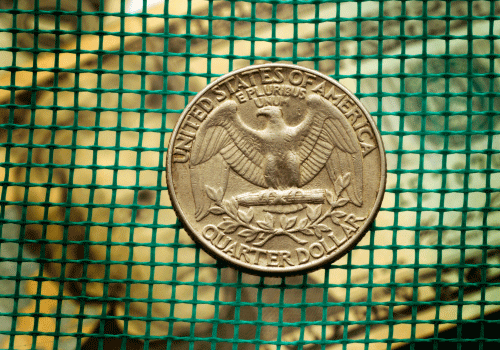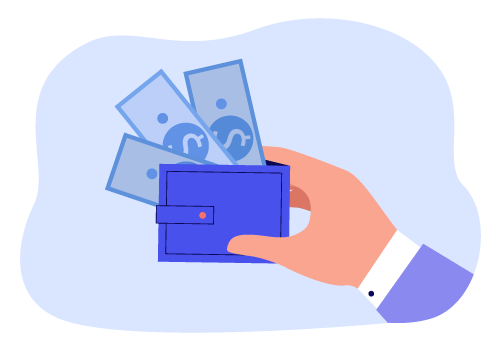Creating an Emergency Fund: Your Financial Safety Net
10/30/2024
By: TENCU

|
When life throws a curveball—whether it's a sudden car repair, a medical bill, or an unexpected job loss—an emergency fund can help you stay on your feet financially. If you've been thinking about setting up an emergency fund or need some motivation to keep building it, here's why it's one of the best financial decisions you can make, along with some easy steps to get started.
|
Choosing Your Policy
Why You Need an Emergency FundAn emergency fund is a dedicated savings account to cover unexpected expenses. Its purpose isn't to make money for you, like an investment account, but to be there when needed. Having one can:
|
How Much Should You Save?
Most financial experts recommend saving three to six months'’ worth of living expenses. This amount ensures that, even in a worst-case scenario, you'll have a few months to get back on your feet. However, if that amount seems daunting, remember that every little bit helps, and even $500 can cover many common unexpected expenses. Steps to Build Your Emergency Fund
|
 |
Where to Keep Your Emergency Fund
Your emergency fund should be easily accessible in money market or savings accounts. While it won't earn a ton of interest, the liquidity will ensure you can access your funds without delay. It's easy to deprioritize saving for emergencies, especially when so many other financial goals are competing for your attention. To stay motivated, track your progress and celebrate small milestones. Remember, every dollar saved is one less dollar you'll need to borrow if the unexpected happens. The Bottom LineBuilding an emergency fund is one of the most intelligent financial decisions you can make for yourself and your family. It might take time to build up, but the peace of mind you gain will be worth it. So start small, stay consistent, and watch your safety net grow. |
|
Creating an emergency fund is one of the most important steps toward financial peace of mind. In this blog, we cover the essentials: why you need an emergency fund, how much to save, and how to get started with easy, practical steps. If you've been putting off setting up your fund, this is the nudge you need to start building your financial safety net!
|
